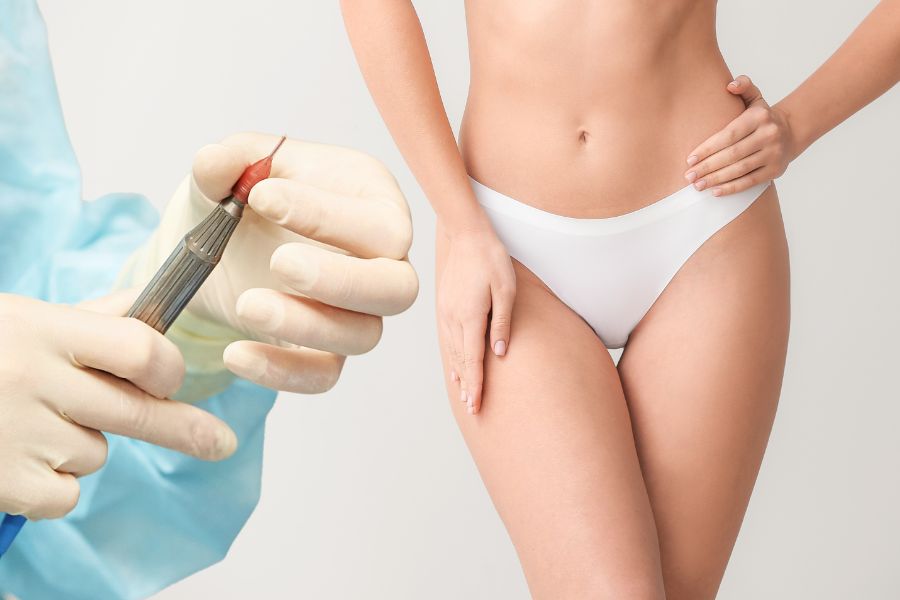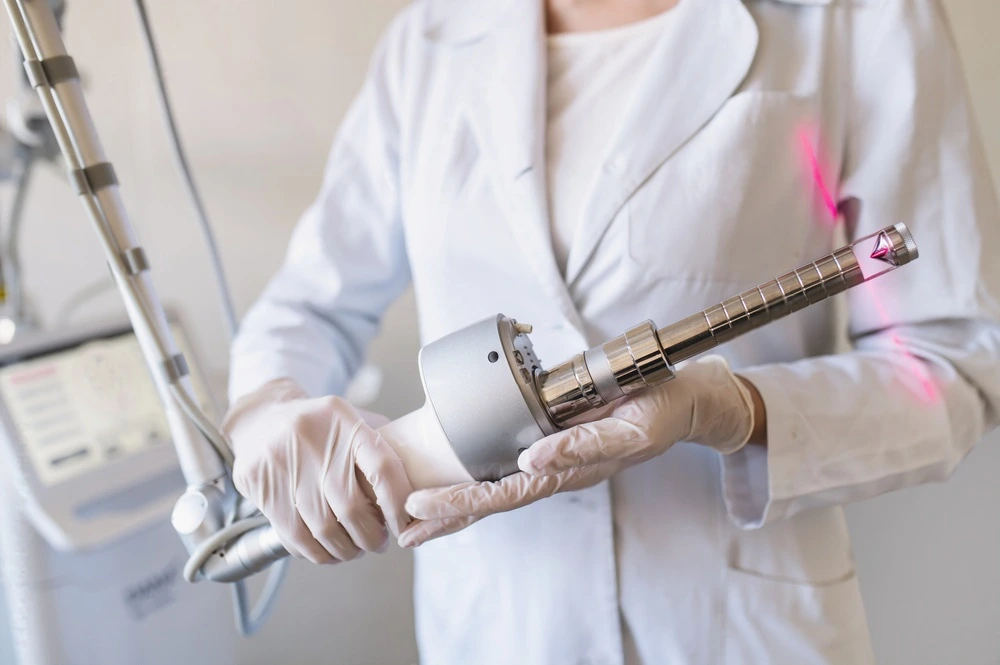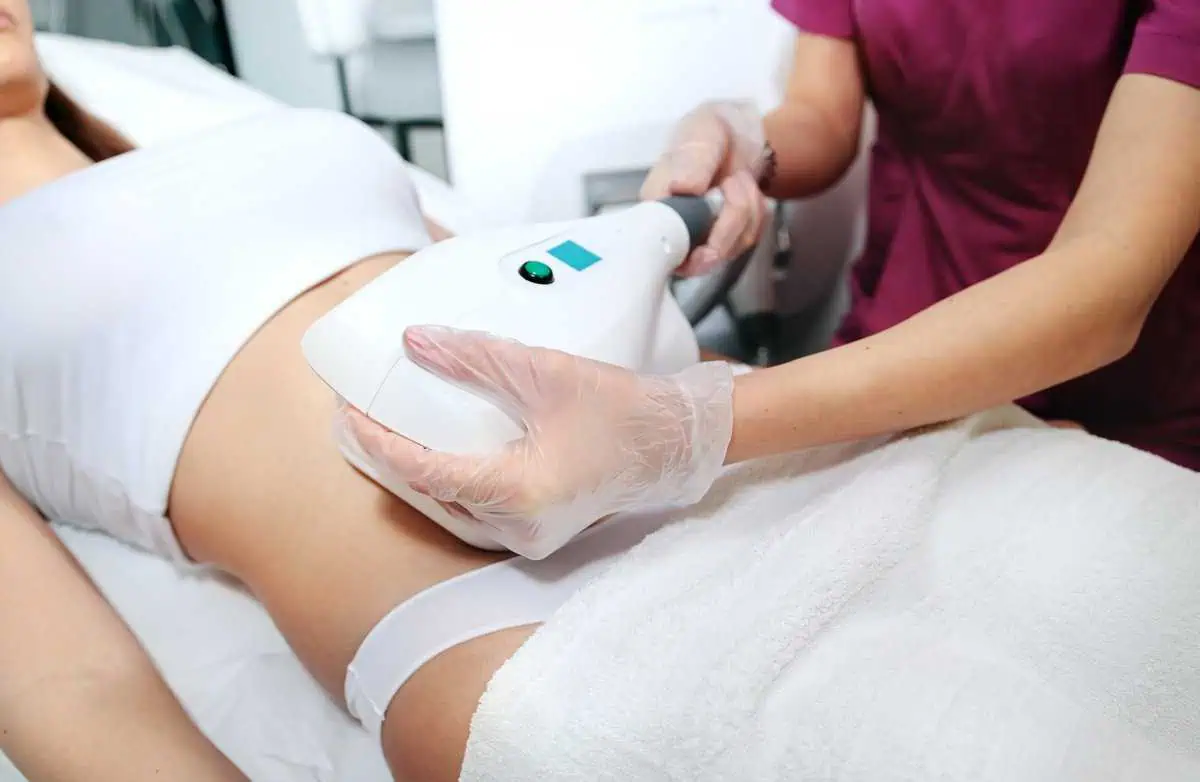Vaginal Tightening Surgery (and Orgasms!)
The lexicon relating to the upgrades available for vaginal appearance and function can be confusing. So many descriptive terms exist, including vaginoplasty, perineoplasty, vaginal tightening, vaginal rejuvenation and vaginal reconstruction. What’s what, and how do these terms compare and differ? What’s the difference in applicability and outcome comparing surgical with non-surgical approaches designed to reconstruct the vagina? What is indicated to achieve each woman’s ultimate goal? The answer does not have to be complicated.
The vagina is composed of:
- A superficial skin layer called the mucosa
- A tough slightly stretchable fibrous layer called the recto-vaginal fascia
- Loose, airy areolar tissue under the fascia and mucosa
- An underlying bastion of muscular bundles called the levator muscles or levators, all backed by the bony pelvis
The superficial layer of vaginal skin (the mucosa) may be stretched or scarred by the ravages and tears of childbirth, always healing itself but undergoing traumatic scarring and thinning. Initially comprised of healthy accordion-like folding called rugae, with childbirth damage, age, and especially the waning of the estrogen that the vaginal mucosa is dependent upon, this skin can become thin, smooth, and less pliable.
Far more important are the underlying structures which support the vagina, giving it its structure and tone. Without a strong muscular layer supporting the mucosa, an intact fibrous layer underlying the mucosa, and a strong, muscular, intact perineal body at the opening of the vagina, rejuvenation of the skin of the opening or the inside is doing little more than applying a Band-Aid.
There are some mitigating factors. Women’s vaginas come in an array of sizes and contours; there may be more space in one woman’s pre-childbirth vagina than another’s. Babies come in different sizes, and assume different angles as they descend through the birth canal. The forces of labor and the necessity for operative vaginal delivery (vacuum, forceps, etc.) and the length of the pushing phase of labor all have their individual effects on the postpartum condition of an individual vagina. For those with male partners, penises come in a wide array of lengths, thicknesses, and degree and longevity of turgor (stiffness), and these factors need to be considered when designing the best procedure for an individual woman.
Vaginal rejuvenation is a term that was first used in the early 2000s by one of the fathers of genital aesthetics, Dr. David Matlock, MD. Dr. Matlock utilized a laser fiber as his cutting tool when he was surgically reconstructing a patient’s vagina, and was the first to use the term to refer to surgical reconstruction of the vaginal/pelvic floor for the purposes of tightening, re-building, and providing better functional and aesthetic appearance of the vagina. Unfortunately, this term has been co-opted to include the placement of various radiofrequency or laser wands into the vagina to recondition the mucosal skin layer, with no surgical component.
Non-invasive (non-surgical) vaginal rejuvenation (VRJ) is not vaginal reconstruction. It is literally vaginal skin resurfacing. These procedures may be performed by practitioners who are not trained or experienced in true vaginal floor surgical reconstruction so long as they understand how to place the wand in the vagina, utilize proper power settings, and step on a foot switch. Both radiofrequency (RF) and laser treatments require a total of three visits, a month apart, for full effect. These modalities act to stimulate the generative layer of vaginal skin (the “dermis) to regenerate more collagen and elastin connective tissue for modestly greater springiness of vaginal skin for a limited (about 6 to 12 months) length of time. No reconstruction is involved with the wand-type VRJ options.
RF or fractional laser wands are FDA-approved for resurfacing vaginal skin in post-menopausal women as an adjunct to or substitute for intra-vaginal estrogen or DHEA to rejuvenate or loosen the vagina of post-menopausal women with tight, atrophic vaginas. In this application, the term rejuvenation is accurate. This rejuvenation in no way refers to ongoing help for women with vaginal laxity secondary to either nature (a large vagina) or to childbirth injury. It can, however, be especially helpful for women with recurrent urinary tract infections and/or UTI-like symptoms that are often associated with the loss of vaginal estrogen.
A true vaginal reconstruction includes the surgical procedures of vaginoplasty, perineoplasty, and something called a posterior repair or posterior colporrhaphy. This is a procedure usually performed as part of a surgical vaginoplasty, whereby the hernia bulge of a woman’s rectum upwards into the vagina (caused by weakness and separation of the levator muscles) is corrected.
A vaginoplasty is a combination of surgically bringing the widely separated levator (Kegel’s) muscles back together (aka levatorplasty), reconstructing the rectocele hernia and reconstructing the stretched-out fascial layer.
A true perineoplasty (PP) involves much more than simply revising the appearance of the vaginal opening, which is the type of perineoplasty often performed by plastic surgeons. In the hands of a properly trained cosmetic gynecological or urogynecological surgeon, a PP involves: a meticulous removal of all of the scar tissue from an episiotomy or lacerations from childbirth; bringing together with strategically placed strong sutures the stretched muscles of the outermost portion of the vagina, the vaginal opening, and the perineal body the area of the opening and vulvar vestibule; and a meticulous aesthetic reconstruction of the appearance of the vaginal opening including the base of the labia, hymenal ring, and vulvar vestibule.
Laser or RF wands do none of this.
The purpose of vaginal reconstruction is improvement in sexual function and pleasure, as well as increased self-confidence from an improved, less wide-open appearance of the vaginal opening. By reconstructing the vaginal/pelvic floor in such a fashion, the penis, fingers, or toy are pushed more snugly upward against the internal clitoris and G-spot for increased friction and sexual pleasure.






